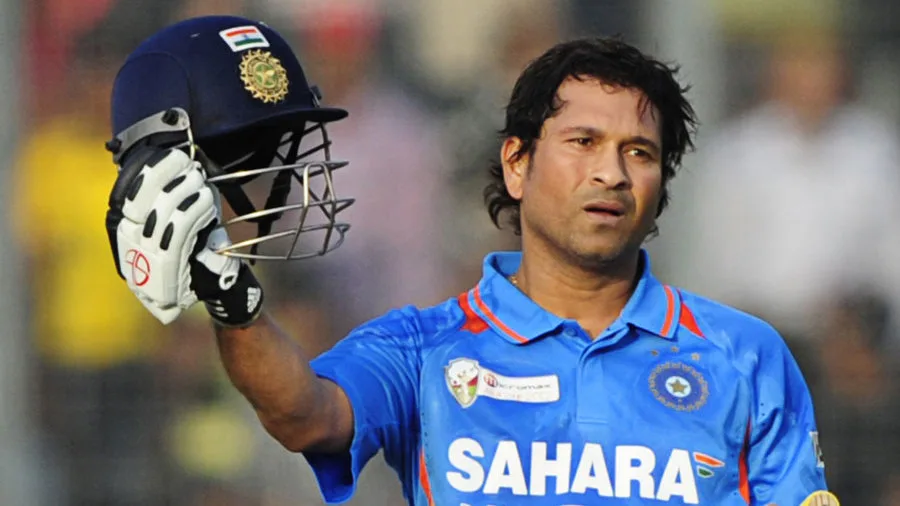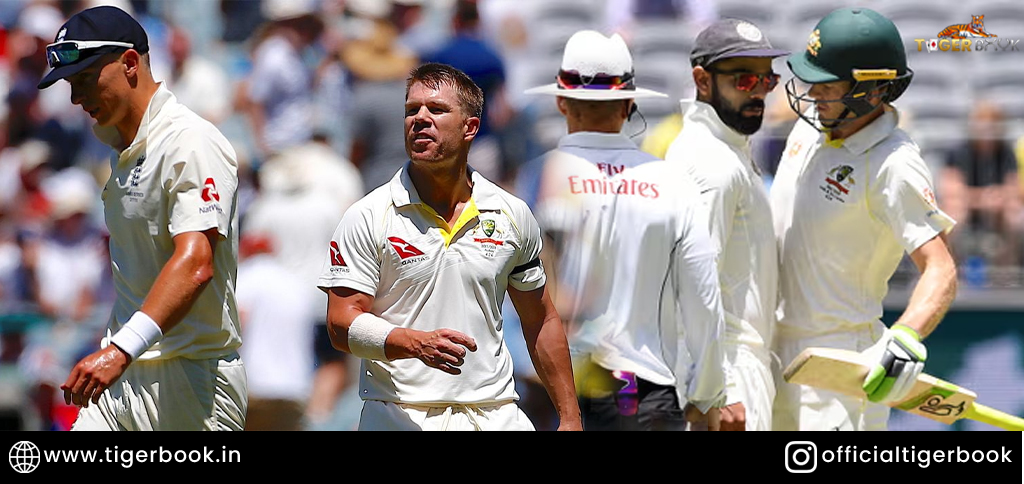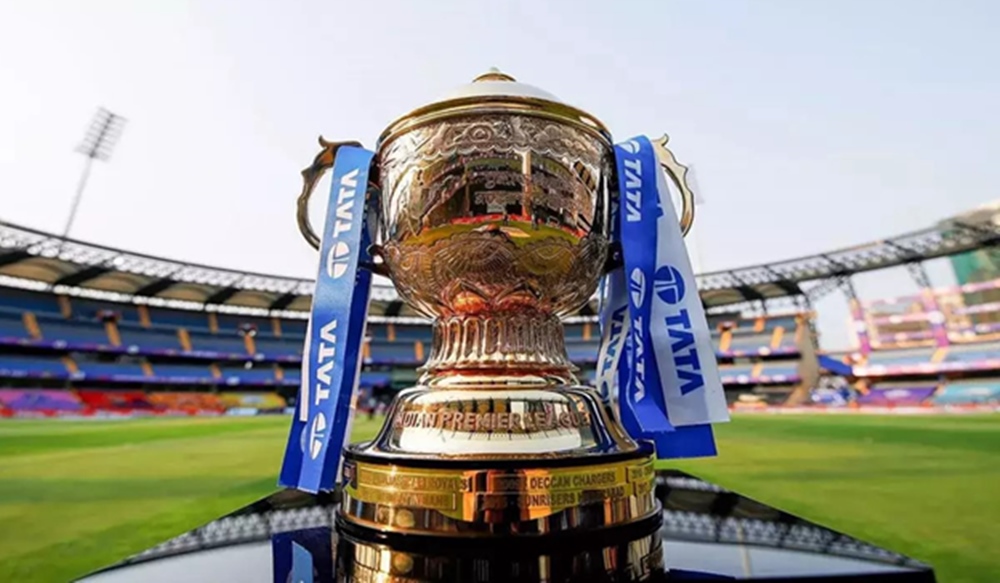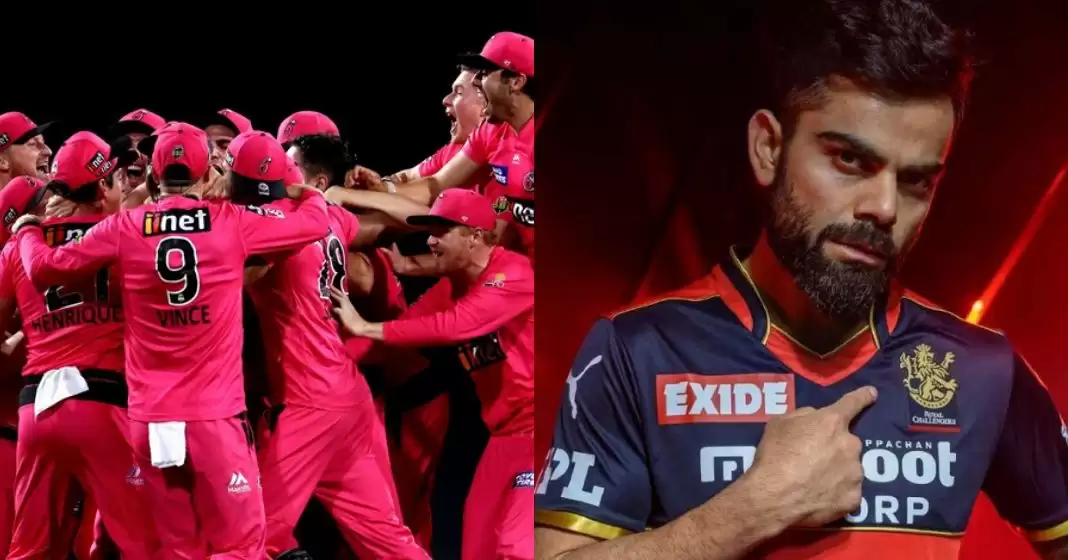How IPL Rose After Lalit Modi?
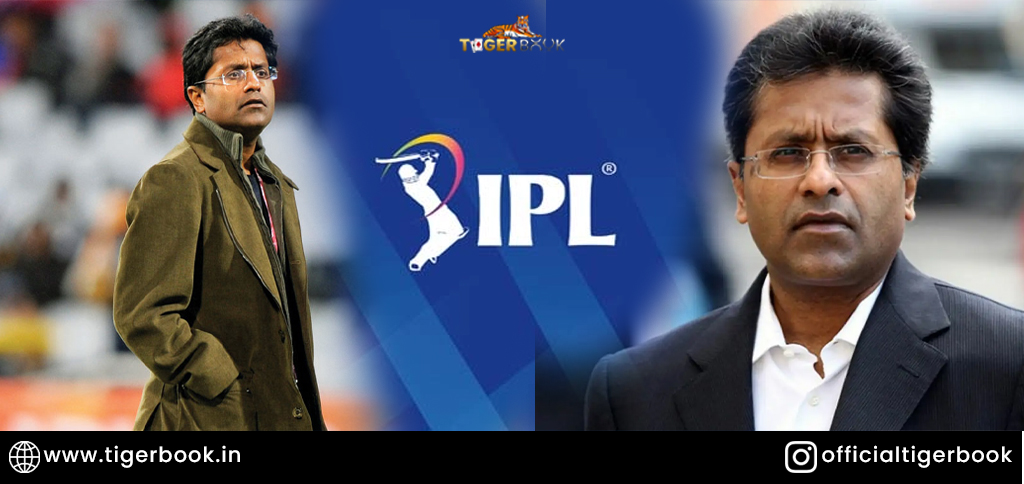
Strong 8k brings an ultra-HD IPTV experience to your living room and your pocket.
The Indian Premier League (IPL) is not just a cricket tournament; it is a global sporting spectacle. While Lalit Modi is credited as the mastermind behind the IPL's inception in 2008, his exit in 2010 led to a significant transformation in the league's structure, management, and overall growth. Many believed that without Modi, the league would struggle, but IPL proved otherwise. Over the years, the tournament has only grown stronger, becoming one of the richest and most-watched sporting events in the world. This article explores how IPL rose to new heights after Lalit Modi’s exit.
Lalit Modi’s Exit and Initial Challenges
Lalit Modi, the former IPL commissioner, was the driving force behind the league's early success. However, in 2010, he was suspended by the Board of Control for Cricket in India (BCCI) due to allegations of financial irregularities, corruption, and misconduct. His departure created uncertainty around IPL’s future. The biggest challenges included:
- Loss of a visionary leader who had revolutionized cricket with the IPL.
- Allegations of corruption leading to concerns over the league’s credibility.
- Franchise instability, with teams like Kochi Tuskers Kerala being terminated.
- Fixing scandals, which threatened the league's integrity.
Despite these challenges, IPL not only survived but also thrived, making a remarkable comeback with improved governance, strategic planning, and an expanding global fan base.
Score big with your Diamond Exchange 99 – Play, win, and earn like a champion!
Structural Reforms and Stronger Governance
After Lalit Modi's exit, the BCCI implemented stricter governance policies to ensure transparency and credibility in IPL’s administration. Some of the major steps taken were:
- Formation of a Governing Council – To oversee IPL operations and make policy decisions.
- Financial Audits – Regular audits ensured no financial mismanagement.
- Conflict of Interest Rules – To prevent officials from holding stakes in franchises.
- Legal Actions Against Corruption – Crackdowns on betting and fixing scandals.
These measures restored faith in IPL and made it a more professionally run league, attracting more investments and sponsors.
Expansion and New Franchise Growth
Under Modi’s leadership, IPL had 8 teams, but after his exit, the league underwent various expansions and modifications. The introduction of new franchises boosted the tournament’s reach:
- Sunrisers Hyderabad replaced Deccan Chargers (2013).
- Gujarat Lions and Rising Pune Supergiant joined IPL (2016-2017).
- Lucknow Super Giants and Gujarat Titans were added in 2022.
These expansions led to:
- Higher revenue generation from team auctions
- Increased competitiveness with more teams.
- A wider fan base across different regions.
- Media Rights and Revenue Growth
One of the biggest reasons IPL soared after Modi’s exit was its astronomical growth in media rights value. In 2017, Star India acquired IPL broadcasting rights for ₹16,347 crore ($2.55 billion) for five years. This deal:
- Made IPL one of the richest leagues in the world.
- Increased global visibility through digital streaming.
- Attracted more international investors and sponsors.
By 2023, the media rights value had further skyrocketed with Viacom18, Star Sports, and JioCinema securing deals worth ₹48,390 crore ($6.2 billion) for five years (2023-2027), proving that IPL’s marketability had only grown post-Modi.
International Player Attraction and Competitive Cricket
After Modi’s exit, IPL continued attracting the world’s best players. The league became a breeding ground for young talent while also offering legendary cricketers a stage to perform. Some key developments included:
- Higher player salaries making IPL the most lucrative league in cricket.
- Emergence of domestic talent like Rishabh Pant, Shubman Gill, and Hardik Pandya.
- Involvement of cricket legends such as MS Dhoni, Virat Kohli, and AB de Villiers, who elevated IPL’s global appeal.
Brand Endorsements and Sponsorship Deals
The IPL brand value continued to rise significantly, leading to massive sponsorship deals. The title sponsorship shifted from DLF (2008-2012) to Pepsi (2013-2015) and then to VIVO (2016-2019, 2021), followed by Tata Group in 2022.
Companies saw IPL as a prime marketing platform, resulting in:
- Massive advertisement revenue (over ₹700 crore per season).
- High-profile sponsorships with global brands like Dream11, Jio, and Byju’s.
- New partnerships, including fantasy gaming apps and e-commerce giants.
Globalization of IPL and Viewership Boom
One of the biggest indicators of IPL’s success post-Modi has been its global reach. Initially viewed as an Indian league, IPL expanded its viewership to over 100 countries, with significant audiences in the UK, USA, Australia, and the Middle East.
- Digital streaming platforms like Hotstar and JioCinema made IPL accessible worldwide.
- IPL matches were played in UAE (2014, 2020) and South Africa (2009), broadening international interest.
- Social media growth led to IPL trending on platforms like Twitter, Instagram, and YouTube.
Overcoming Scandals and Controversies
Post-Modi, IPL had to deal with controversies like the 2013 Spot-Fixing Scandal, which led to the suspension of Rajasthan Royals and Chennai Super Kings for two years. However, the league bounced back with:
- Strict anti-corruption measures enforced by the ICC and BCCI.
- Stronger regulations on player conduct and franchise management.
- A commitment to keeping IPL clean and credible.
These efforts ensured IPL’s reputation remained strong despite challenges.
The Road Ahead – Future of IPL
IPL continues to evolve, with future plans including:
- Further global expansion, with possible teams from UAE or the USA.
- Women’s IPL, launched successfully in 2023 as the Women’s Premier League (WPL).
- Increased use of technology, including AI-powered analytics for player performance.
With its ever-growing fan base, media influence, and financial strength, IPL is set to remain the biggest cricketing league in the world.
Conclusion
While Lalit Modi played a crucial role in creating the IPL, its success post-2010 proves that no single individual is bigger than the league itself. IPL’s structured governance, expanding franchises, record-breaking media deals, and global audience have propelled it to unparalleled heights. Today, IPL stands as the world’s most valuable T20 league, with no signs of slowing down. Its rise after Modi’s exit is a testament to cricket’s ability to adapt, evolve, and thrive on the global stage.
Note: IndiBlogHub features both user-submitted and editorial content. We do not verify third-party contributions. Read our Disclaimer and Privacy Policyfor details.



